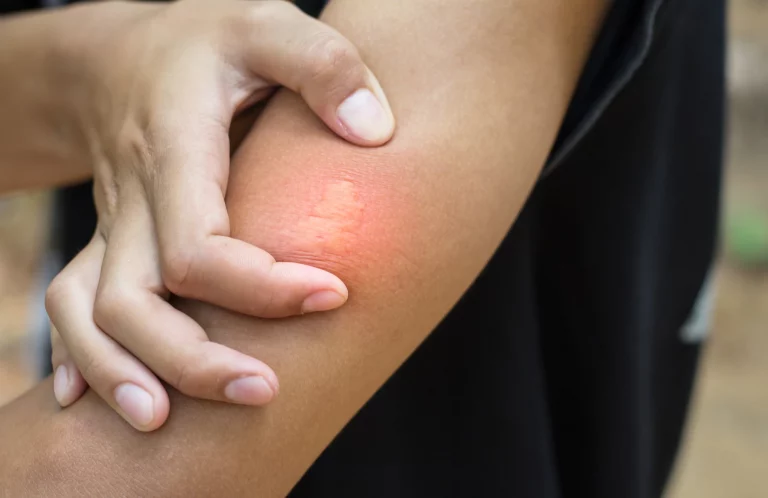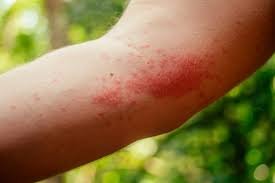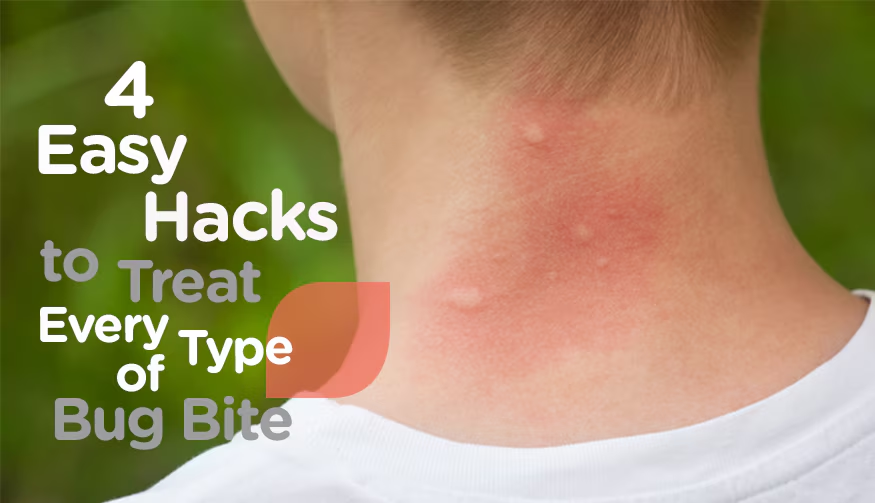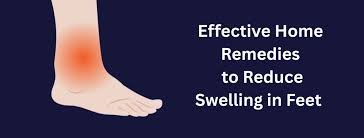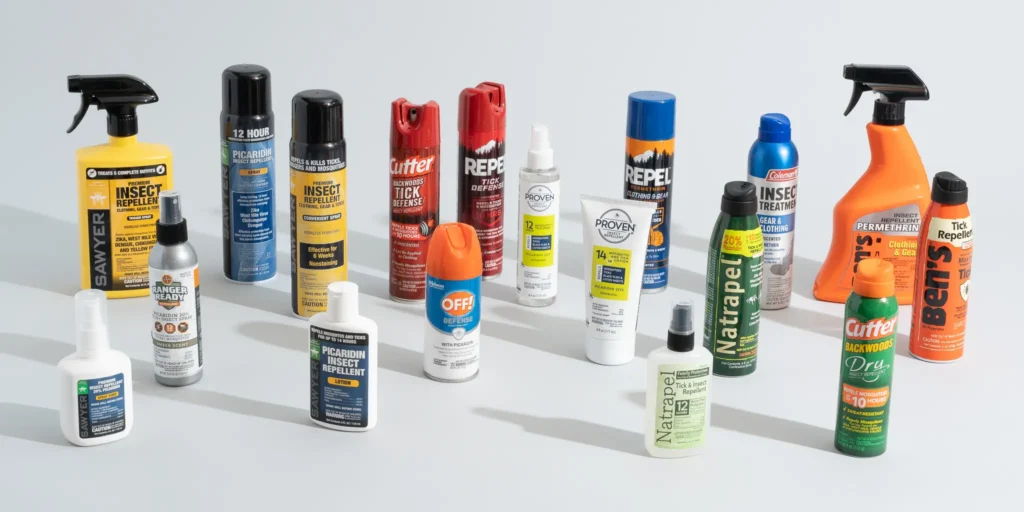Insect stings are often painful, but what worries many people is the inflammation after sting treatment. While initial pain and redness are expected, swelling and discomfort can sometimes persist longer than usual. Understanding why this happens, how to manage it, and when to seek medical help can make all the difference in recovery. This guide explains everything you need to know about inflammation after sting treatment, from causes to home remedies and prevention tips.
What Causes Inflammation After Sting Treatment?
Inflammation is the body’s natural immune response to an injury or foreign substance. After an insect sting, the immune system reacts to venom or toxins, causing redness, swelling, heat, and discomfort.
Even after applying a sting treatment—like ice packs, antihistamines, or topical creams—inflammation after sting treatment can occur due to:
Allergic reaction: Mild to moderate allergic responses can prolong swelling.
Delayed immune response: The body may continue fighting venom even after initial treatment.
Infection risk: Scratching the sting site can introduce bacteria.
Excessive localized swelling: Some individuals are naturally more sensitive to stings.
How Long Should Inflammation Last?
Typically, swelling and redness subside within a few hours to a couple of days. However, inflammation after sting treatment that lasts longer than 72 hours or gets worse might indicate an infection or a stronger allergic reaction.
Signs that you should seek medical attention include:
Rapidly increasing swelling
Severe pain
Pus or unusual discharge
Fever or chills
Difficulty breathing (emergency)
Home Remedies to Reduce Inflammation After Sting Treatment
If your symptoms are mild, home remedies can help speed up healing and reduce discomfort. Here are some effective solutions:
Cold Compress
Apply an ice pack wrapped in a towel for 15 minutes every hour to reduce swelling. This is one of the fastest ways to manage inflammation after sting treatment.Aloe Vera Gel
Aloe vera has natural anti-inflammatory properties and soothes skin irritation. Apply fresh gel directly to the affected area.Baking Soda Paste
Mix baking soda with a few drops of water and apply it to the sting site to neutralize venom and reduce swelling.Over-the-Counter Hydrocortisone Cream
This helps calm redness, itching, and mild swelling.Elevation
If the sting is on your arm or leg, keep it elevated to minimize inflammation after sting treatment.
Medical Treatments for Persistent Inflammation
If home remedies don’t work, your doctor may recommend:
Prescription anti-inflammatory medications
Stronger corticosteroid creams
Antibiotics (if infection is present)
Allergy medications for repeated sting reactions
Prevention Tips to Avoid Inflammation After Sting Treatment
The best way to avoid dealing with prolonged swelling is to prevent stings in the first place:
Wear protective clothing when outdoors
Use insect repellent
Avoid strong perfumes and bright colors that attract insects
Keep food covered when eating outside
If you do get stung, treat it immediately to minimize inflammation after sting treatment. Quick action reduces the risk of prolonged symptoms.
When to Seek Emergency Help
Sometimes inflammation is a warning sign of anaphylaxis a severe allergic reaction. Call emergency services immediately if you experience:
Shortness of breath
Rapid heartbeat
Dizziness or fainting
Swelling of the face, lips, or tongue
These symptoms can be life-threatening and require urgent care.
Final Thoughts
Experiencing inflammation after sting treatment is common, but it should improve within a couple of days with proper care. By understanding the causes, using home remedies, and knowing when to seek medical help, you can ensure a faster and safer recovery. Always monitor your symptoms and avoid scratching the area to prevent complications.
